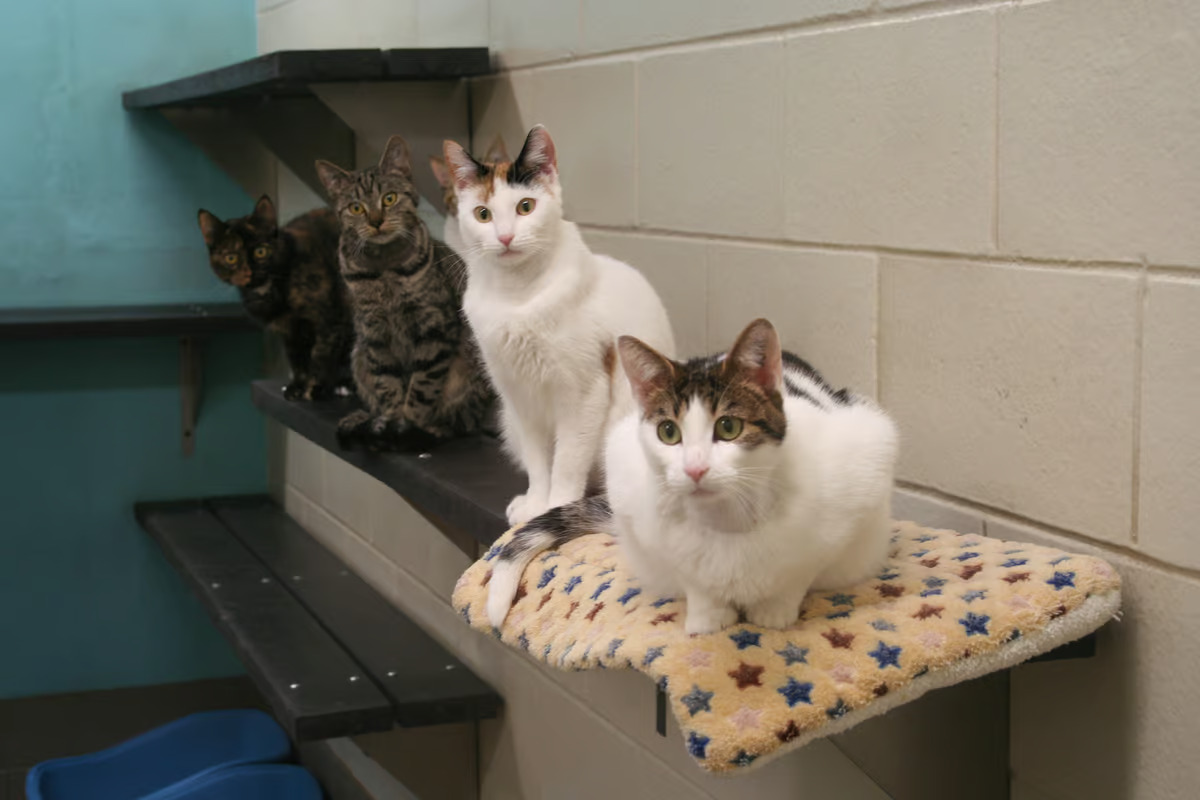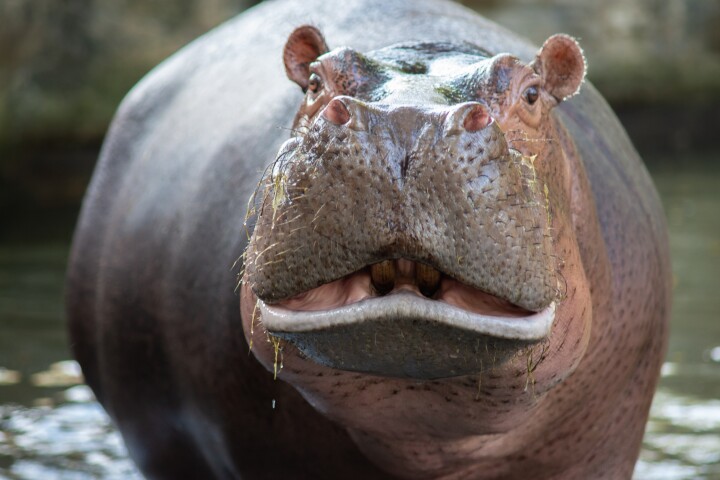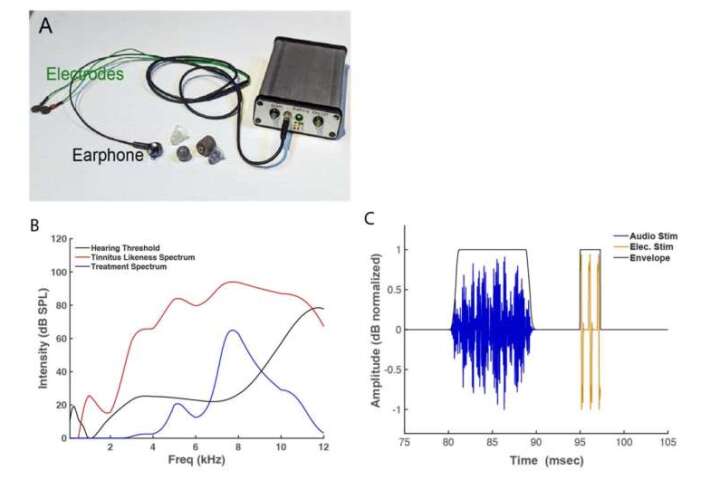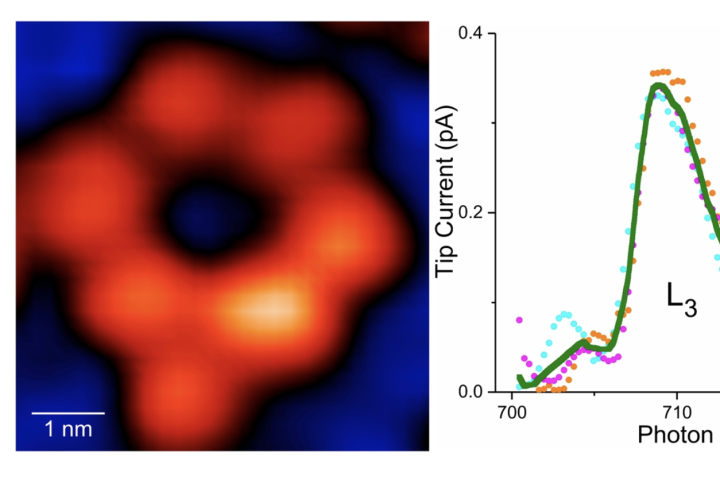 Some of the cats involved in a trial of a new gene therapy contraceptive that could reduce the need for surgical spaying. Cincinnati Zoo
Some of the cats involved in a trial of a new gene therapy contraceptive that could reduce the need for surgical spaying. Cincinnati Zoo
–
According to the International Aid for the Protection & Welfare of Animals (IAPWA), there are over 480 million stray cats worldwide. Not only do they pose a hazard to each other and domestic cats, but they can decimate native wildlife in whatever country they find themselves in. Spaying is the preferred, humane option in controlling their population, but trapping and performing surgery on those millions of cats is obviously a daunting task.
“The trap, neuter, return model is difficult to achieve on a large scale because surgery requires general anesthesia, an adequately equipped surgical facility, and more veterinarians than are currently available,” said Dr. Bill Swanson, senior author of the study.
Now, scientists from the Cincinnati Zoo, Massachusetts General Hospital and Horae Gene Therapy Center have developed an alternative that shows promise in making that process much easier. A single dose of Anti-Müllerian Hormone (AMH) gene therapy was enough to induce permanent contraception in female cats.
The treatment involves injecting the gene therapy into the animals’ muscles, which causes the cells to produce much more AMH than usual. This hormone stops the ovarian follicles from maturing, effectively preventing the release of eggs.
The team tested the technique in six female cats, and compared them with three untreated cats. The treated cats were found to have AMH levels around 100 times higher than the control cats, and during two four-month-long breeding trials held a year apart, the contraceptive effect was clear.
“Evidence for the effectiveness of this treatment is strong,” said Dr. Lindsey Vansandt, lead author of the study. “All of the control (non-treated) cats produced kittens, but none of the cats treated with the gene therapy became pregnant.”
The cats were monitored for three years after the treatment, and no adverse side effects were observed. And as an important footnote, all of the cats were put up for adoption after the study concluded.
The researchers say this is a promising first step towards improving the welfare of pet and stray cats, as well as the animals that they prey on.
The research was published in the journal Nature Communications.
Source: Cincinnati Zoo
–






















